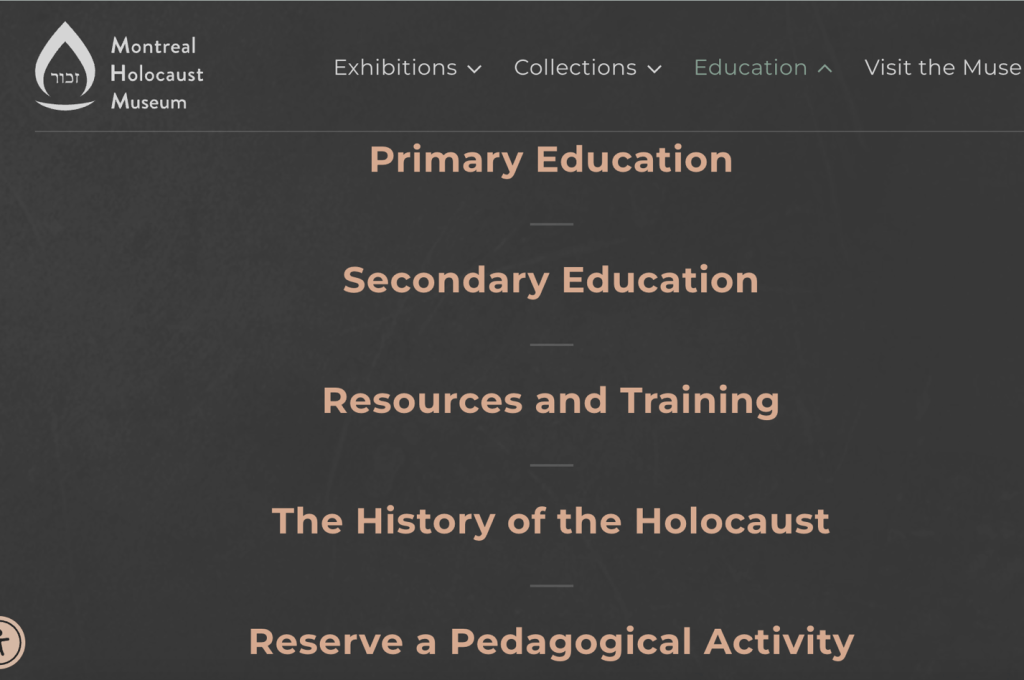The focus of Holocaust education has changed from what was commonly done 30 years ago. In the past many educators believed that shocked-based instruction was the best way to build empathy. The issues that come with this include dehumanizing the individuals we are seeking to understand, or seeing them as passive victims. We may have asked students to “Put yourself in the shoes” of those who have been traumatized.
Today an empathy-based pedagogy is seen as more effective for helping students seek out a diversity of perspectives and experiences, in order to have a better understanding of events. By having students look at those who fought back, we can overcome the passive victim narrative and help students see how they can also advocate for justice.
The Montreal Holocaust Museum seeks to provide teachers with ideas and resources to achieve an empathy-based classroom. There are full lesson plans freely available that encourage students to explore primary documents, as well as opportunities to do cross-curricular work. Their Collections section allows you to define your theme and search primary documents that best fit your intended outcomes, including interactive maps and timelines. There are lessons in the Education section that are appropriate for younger grades in addition to high school students. You can also reserve time with a member of the museum to guide you through a workshop.
As part of our webinar, we were given access to a new lesson plan that had participants explore a variety of primary documents relating to a family moving to Canada. You can access the PDF here that also includes direct links to the resources. (Make a link button?)
Take some time to explore the website to see all of the great resources you can use in your classroom today. If you have any questions, feel free to contact Anne at Anne.Marguet@museeholocauste.ca

